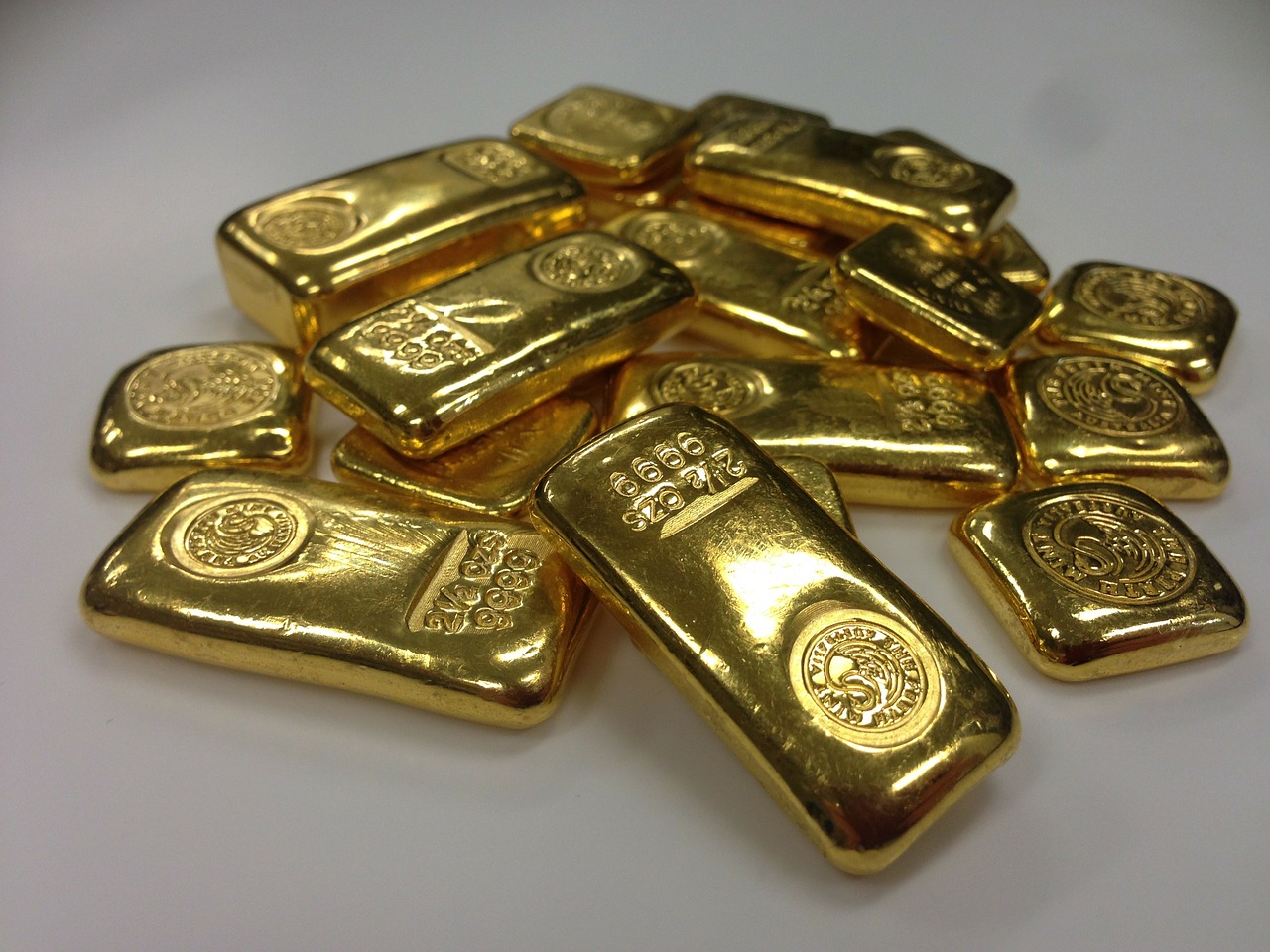A rally is a period during which the prices in the financial markets go up. Rallies, unlike bull markets, tend to be of a shorter duration of a few days, weeks or months. For example, a rally in a precious metal might be the metal’s upswing that remains in place for a week or month, while an upswing that lasts for a decade would be called a bull market.
Rally of gold and silver prices in recent times
The prices of gold bullion bars and silver bullion bars rallied strongly in May, stimulated by a multitude of factors from the falling value of US dollar, to declining bond yields and crashing cryptocurrencies. The reports say that reclaiming all the losses that were seen earlier this year, the gold and silver market is placed well to continue giving profits to investors, as we head towards the second half of 2021.
Summary of the market moves
- Gold and silver prices rose steeply in May, show the reports, increasing by over 6.5% each for the month.
- The rally saw trades in gold and silver reclaim all of the losses seen in Quarter 1 this year. The prices are now positive on a calendar year basis.
- The demand for gold remains positive, with physical and digital buying being seen, ETF holdings increasing for the first time since January, and managed money speculators increasing their exposure.
The fact that gold has rallied as hard as it has since the lows seen in Quarter 1, asserts the fact that it is far more than an inflation or hedge against crisis, as many investors see it.
Gold demand
Over the last few months, we’ve seen positive signs how the demand for gold is increasing. For most of the year, retail bar and coin demand in Western markets have been robust. This is witnessed through the 36% year-on-year increase in Q1 2021.
In the important digital and physical markets, demand was quite strong, for most of the month in China, even if the premiums decreased a little bit. India was quite understandably distracted by the acute challenges it is facing with the global pandemic, and the market is likely to take some time to normalise.
In the other parts of Asia, the sharp rally in gold led to a decrease in levels of demand. This is in stark contrast to the significant levels of buying gold that was seen in late Q1 and April, when prices were hitting the lows for the year.
But, is the inflation transitory?
Despite the stabilisation in inflation expectations that took place in the later part of May, there is no doubt that the last 12 to 15 months have seen a sharp rise in cost-of-living pressures. This happened along with the official inflation results that suggest that prices across the United States rose by 4.2% in the last one year, till the end of April.
The energy prices were a major contributor to the steep rise in the overall inflation, which have increased by more than 25% over a year, with core inflation (which strips out more volatile items like food and energy) rising by a lower amount, though still by 3% for the year.
Despite the increase, there are two schools of thought who have thrown light as to how big a problem this increase in consumer prices is.
Members of the first camp think the pick-up is transitory, and within a year or so, inflation will return back toward the levels the central banks tend to target, which is typically around the 2% level. They also believe that the supply chain issues caused by the COVID-19 driven shutdowns as a short-term inflationary phenomenon, but it will normalise in due course.
The other camp, on the other hand is not convinced and sees the recent pick-up in consumer demand as the start of a multi-year period of higher rates of inflation.
There is also a view that suggest that central banks as a whole will be happy with two to three years of higher-than-average inflation to manage and make up for the several previous years of lower inflation results, with the US Federal Reserve’s move to average inflation targeting announced in late 2020, supporting this notion.
While history suggests that the gold market would really thrive if the inflationary pressures continue to build, it also tells us that gold delivers positive, real returns in environments where inflation is more modest.
| Inflation environment | Nominal return | Real return |
| High inflation (>3% p.a.) | 15.1 | 8.3 |
| Low inflation (<3%p.a.) | 5.6 | 3.6 |
The data from 1971 to 2019, has been sourced from World Gold Council. The table highlights the average nominal and real return for gold in US dollar terms in years where inflation is above or below 3%.
As a result, while we will watch inflation with a lot of interest, month to month developments wouldn’t necessarily highlight changes in the investment approach when it comes to gold, given that it has historically played a positive role in a consumer portfolio no matter how fast prices are rising.




